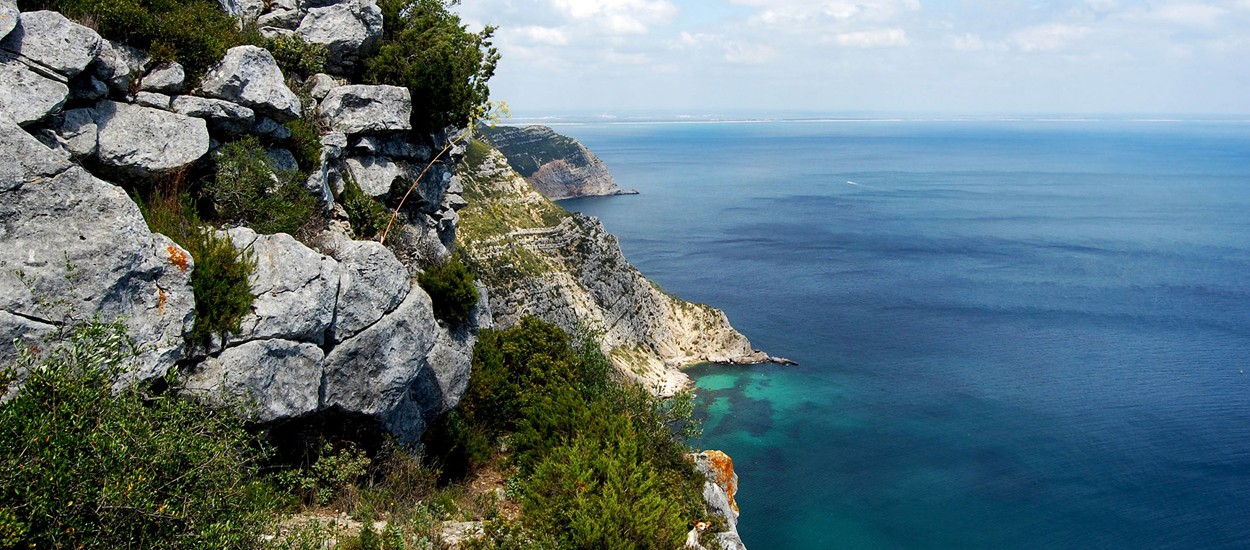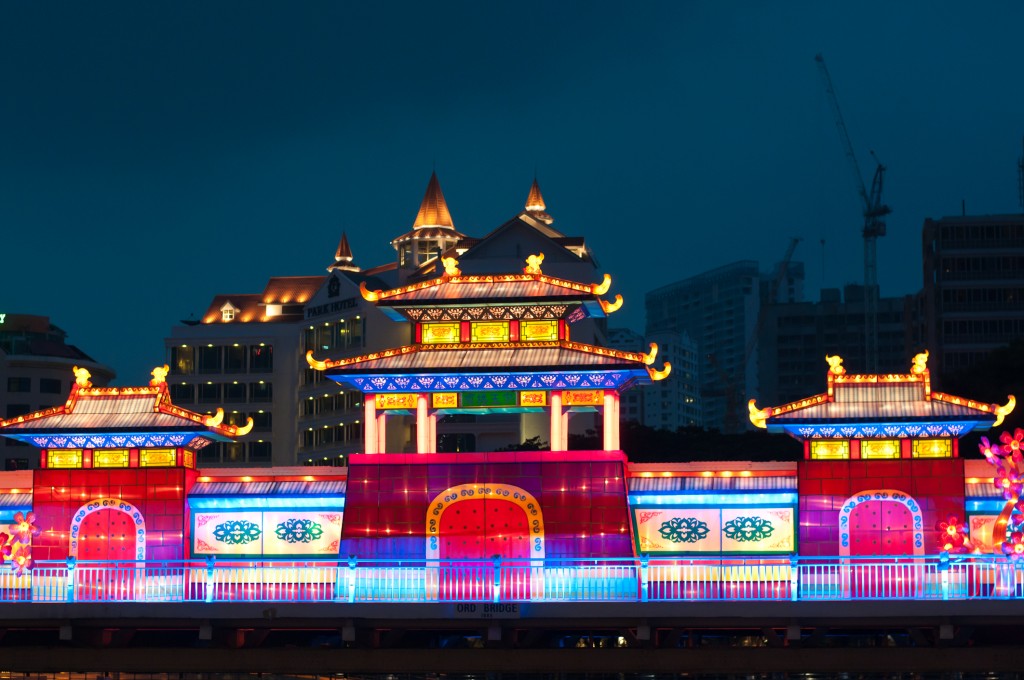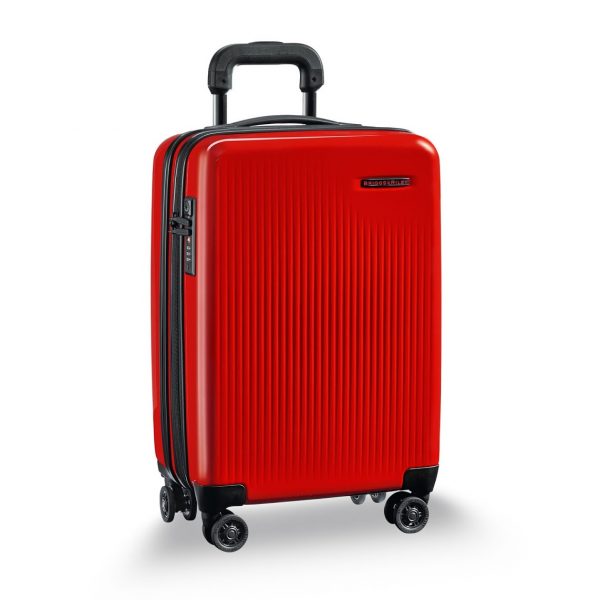Celebrate Mid-Autumn with Mooncake
Visit China’s Xiamen during the Mooncake Festival
t
An ancient seaport glitters enticingly from across the Taiwan Strait on the South East coast of China. This is Xiamen, the ‘Gate of China’, an important economical hub and a wonderful place for overseas visitors to explore. Mountains, skyscrapers, beautiful natural scenery and ancient temples all exist in this region, so the city and countryside can be enjoyed in equal measures.
If you choose to visit China in Autumn, you will be fortunate to arrive in the midst of one of the country’s biggest annual events: the Mid-Autumn Festival, otherwise known as the Mooncake Festival. This is an official harvest festival traditionally celebrated by Chinese and Vietnamese people between September and October. The main idea of the festival is to gather family and friends together, give thanks for the harvest and pray for babies, marriage, beauty, longevity and a good future. There are a number of ways people celebrate these things, which include a lantern festival, moon gazing and the baking and eating of rich and intricate ‘mooncakes.’
There is something rather special about eating a mooncake. For one, this is a real delicacy in China, only appearing in shops and stalls around the time of the Mid-Autumn festival. For another, mooncakes are unlike any cake you will have eaten before in the UK. Although ingredients can vary, most mooncakes contain a whole cooked yolk from a salted duck egg, surrounded by red bean or lotus seed paste and covered in thin pastry crust decorated with flowers, vines and moon symbology.
Types of Mooncake
Chewy: Some mooncakes have a chewy crust, which is made from thick sugar syrup, lye water, sodium carbonate, flour and oil, giving a sweet taste and a chewy texture.
Flakey: Other mooncakes come with a flakey crust reminiscent of puff pastry. This is made with layers of oily dough and flour that has been stir-fried in oil.
Tender: In certain provinces in China, mooncakes are made with a ‘tender’ texture, close to that of shortcrust pastry.
Mooncake Fillings
Lotus seed paste: Many consider this to be the most traditional and also most luxurious filling (due to the high cost of lotus seeds).
Sweet bean paste: A sweet bean filling that can contain azure beans, mung beans and black beans.
Jujube Paste: This is sweetened with the juice of ripe jujubes (which you might know as ‘dates’). Jujube paste is dark red in colour and tastes smokey and slightly sour.
Five kernel: Other mooncakes are filled with paste made from five types of nuts and seeds held together with syrup. The most commonly used nuts and seeds include pumpkin, walnuts, watermelon seeds, sesame and almonds.
The Legend of Hou Yi
The Mid-Autumn festival can be traced back to moon sacrificial ceremonies that took place during the Zhou Dynasty (1046-256 BC). There are many legends connected with this festival. One of which is the Legend of Hou Yi…
Many years ago, there were 10 suns in the sky, which burnt the crops and drove the people of China into deep poverty. In order to rectify this problem and save his people, hero Hou Yi climbed to the top of Kunlun Mountain and used his super-human strength to shoot nine of the suns from the sky with his bow and arrow. As a gift, an Empress gave him a potion that would transport him to heaven and make him king. Because he didn’t want to leave his kind and beautiful wife Chang E, he decided to hide the potion. While he was away on a hunting trip, a man called Peng Meng rushed in to steal the potion. Chang E tried to defend it for her husband but Peng Meng had a sword and she soon realised the only way to keep it out of his hands was to drink the potion herself. As soon as she swallowed the liquid, she was lifted off the ground and transported to heaven.
Upon his return, grief-stricken Hou Yi knew immediately what had happened. Sure enough, when he looked up at the moon, he saw the silhouette of his wife dangling from it.
In the years to come, Hou Yi remembered his beloved wife by setting out a table of sweetmeats and fresh fruit in her garden. When people heard of the story, they too prayed to the moon to show their love and longing for far-away friends and relatives.
During the Mid-Autumn festival, the moon is especially big, bright and round. It is at this time that family members and friends meet outside, lay food out on tables and look up at the sky, reflecting on life and love in honour of ancient Hou Yi and his wife.
 The City on the Sea
The City on the Sea
Xiamen is famous for its beautiful seascape. The deep gulf is ideal for cargo and cruise ships, while the vast palm-lined beaches nearby provide a tranquil escape from the heat and traffic of the city. The sea also has a huge influence on the local food, with fish taking pride of place on the menu. Some of Xiamen’s most popular dishes would be considered ‘adventurous’ by many Westerners. Take Tu Sun Dong, for instance – which translates as ‘Sea Worm Jelly’. This is exactly what it says on the label: sipunculid worms set in a clear, cold jelly and served with a variety of flavoursome sources such as satay, horseradish and chilli.
Other popular dishes include the popular street snack, Popiah (fresh spring rolls spread with a sweet red soak, filled with cooked carrot, radish, pork or seafood) and Oyster omlette.














